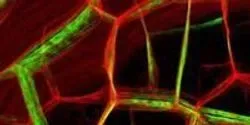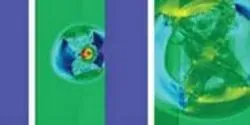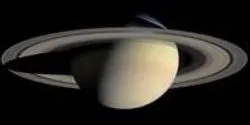Physics

Researchers at the U.S. Department of Energy’s (DOE) Princeton Plasma Physics Laboratory (PPPL) have developed a detailed model of the source of a puzzling limitation on fusion reactions. The findings, published in June in Physics of Plasmas, complete and confirm previous PPPL research and could lead to steps to overcome the barrier if the model proves consistent with experimental data. “We used to have correlation,” said physicist David Gates, first author of the paper. “Now we believe we have causation.” This work was supported by the DOE Office of Science.

10 years after graduating, many have found financially solid and meaningful employment in the private sector, according to a new report from the American Institute of Physics.

Acknowledging not only the growing need among scientists and engineers for resources that can help them handle, explore, and analyze big data, but also the complementary strengths of Caltech's Center for Data-Driven Discovery (CD3) and JPL's Center for Data Science and Technology (CDST), the two centers have formally joined forces, creating the Joint Initiative on Data Science and Technology.

Computer simulations exploring the effects of shock waves on crystalline HMX, performed by Ryan Austin, a staff scientist in Engineering’s Computational Engineering Division, and a team of Lawrence Livermore National Laboratory researchers, are featured on the cover of the May 14 issue of the Journal of Applied Physics.

A space-based system that relies on lasers to generate and deliver energy to spacecraft has won a University of Alabama in Huntsville (UAH) professor a U.S. patent and could become a first-line defense against asteroids on a collision course with Earth.
















